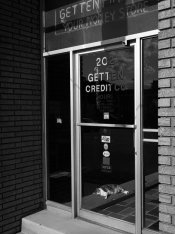bartnav
Member
- Joined
- Mar 23, 2010
- Messages
- 9
- Format
- Medium Format
I have an 88 year old uncle who was a photographer back in the '40's and '50's. A few months ago, he gave me a large box from his old darkroom. In it was a number of canisters marked DK-50, negative developer. Each canister is divided, top and bottom, (two part mix). The canisters are like soup cans. still powder inside, (can shake). Anyone have any knowledge about how to use it? Have plenty of Plus-x pan and Tri-x to try it out with..
Thanks,
Bart
Thanks,

Bart












